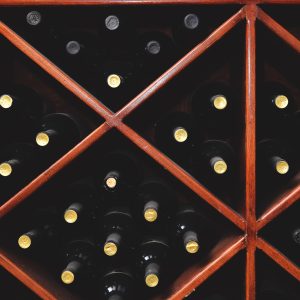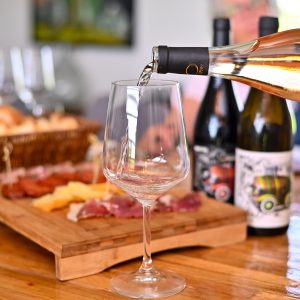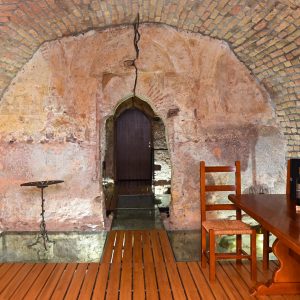All Fruška Gora wineries have a long and arduous journey that leads to a glass full of divine drink. It begins in the vineyards, by choosing the assortment of grapes and taking care of the vine.
The history of Fruška Gora’s vineyards tells an exciting story. Many people know that the planned planting of vines on Fruška Gora dates back to the reign of Emperor Probus (Marcus Aurelius Probus), who allowed vineyards to be raised in the Roman provinces as well. The disappearance of the Romans from the historical stage did not endanger the vineyards on Fruška Gora. Like the flower called Natalie’s Ramonda (lat. Ramonda Nathaliae), they survived empires, monarchies and various governments during the centuries that followed, overcoming wars, migrations and the crisis caused by phylloxera.
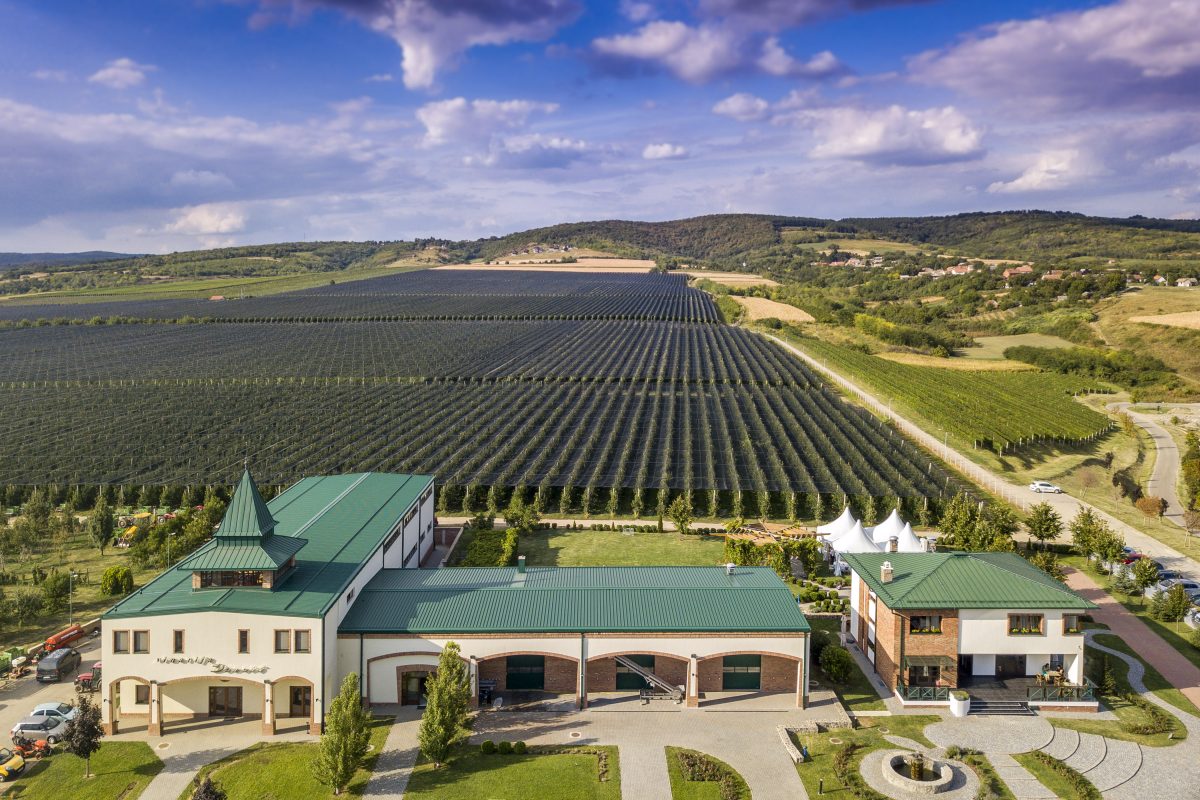
The love for vineyards and wine, and the diligence with which the great-grandfathers of today’s winemakers preserved the vineyards and the knowledge of making wine, has helped the Fruška Gora vineyards survive through the past centuries. The tradition of winemaking and viticulture has been passed down for generations as an unobtrusive truth from grandparents to the grandchildren (boys and girls) of later successful winemakers.
In the villages of the winemaking Srem district, every house used to have a vineyard. Saćurica (a round smaller basket made of rushes) full of grapes was exchanged with the neighbours from lower Srem for sаćurica with grains. At that time, the wealth of families living on Fruška Gora was measured by barrels of wine, and the viticultural business was most valued among all rural businesses. There is a significant heritage that monasteries and manorial estates have given to the development of viticulture over the centuries, especially those owned by the aristocratic family called Odeskalki. They were informal hubs of knowledge, skills and technology of winemaking, but also the first exporters of Fruška Gora’s wine to European towns which was ultimately served to royals and other aristocrats.
“The tradition of winemaking and viticulture has been passed down for generations as an unobtrusive truth from grandparents to the grandchildren (boys and girls) of later successful winemakers”
Contemporary wine stories from the Fruška Gora area, which originated in a tradition that rests on love for the mystery of wine and preserves the beauty, gentleness, and richness of the regions in which they originate, have made it to the Republic of Serbia’s tourist offer. These are stories about the families of vine growers and winemakers, about the vineyards they nurture, the wines they make, celebrations in honour of the wines they keep, and the serenity with which they welcome guests. There are also privately owned wineries that can produce the amount of wine that is necessary for continuous export to European and other markets. In each winery you visit, you will encounter a one-of-a-kind atmosphere and even if you go on fifty different wine tours, you will experience something new, undiscovered and special. You will experience an abundance of gastronomic tastes, aromas and colours in just one family-run vineyard or a neighbouring village.
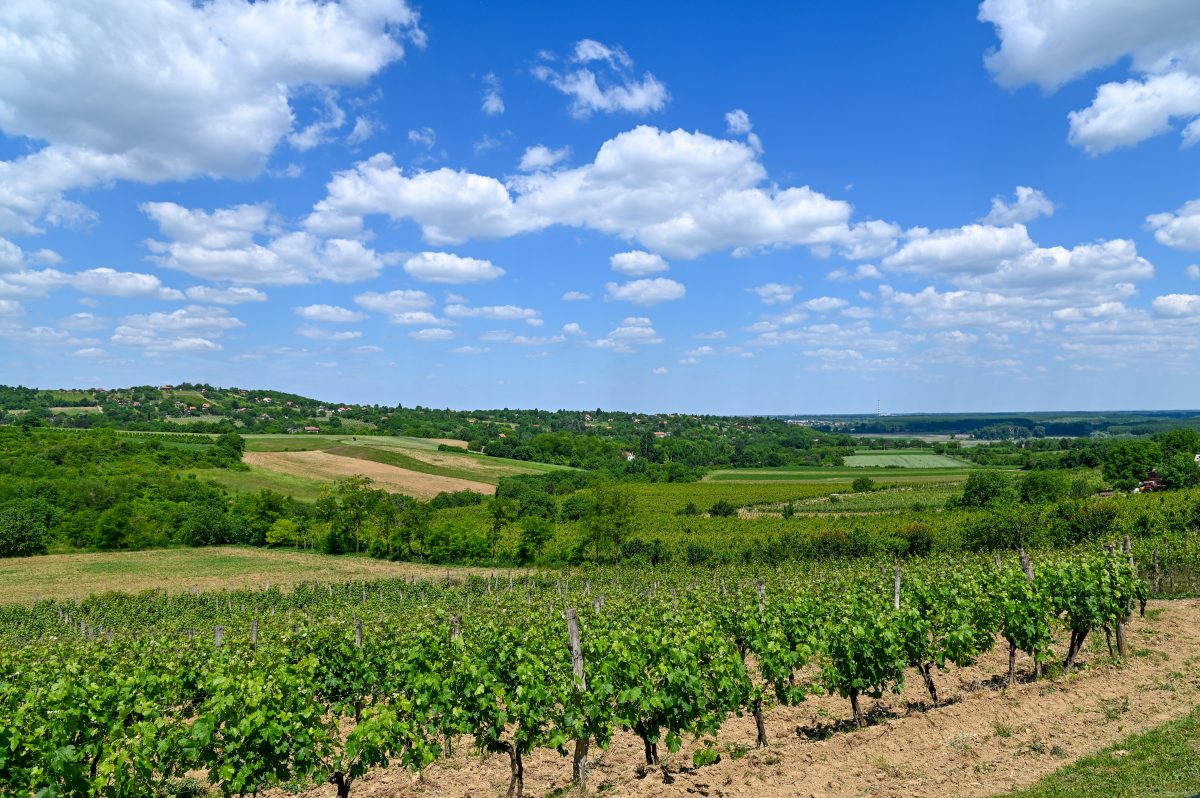
All Fruška Gora wineries tread on a long and arduous journey that leads to a glass full of divine drink, and begins in the vineyards, by choosing the assortment of grapes and taking care of the vine. Fruška Gora wineries currently produce the following white wines – the Italian Riesling (White Grašac), Rhine Riesling, Chardonnay, Sauvignon White, Traminer, Muscat Crocant, Muscat Ottonel, Neoplanta, Sirmium, Župljanka, Sila, New Dinka, Petra, Zlata, Lela, Liza, Mila, Lasta, Bačka, Panonija, early Riesling and other wines.
“All Fruška Gora wineries tread on a long and arduous journey that leads to a glass full of the divine drink”
As for red wines, the following are the most popular: Merlot, Frankovka, Portuguiser, Cabernet Sauvignon, Cabernet Franc, Pino Red, Shiraz (also known as Syrah), Marselan, Prokupac, Tamjanika, Vranac, Probus, etc. It was the white wines of Fruška Gora that first brought awards at the world’s most important festivals. In recent years, thanks to awards for rosé and red wines, given at the most important wine festival, Decanter World Wine Awards and ratings on the Wine Advocate platform, a new, more comprehensive perception of the wine of the Fruška Gora vineyards has developed at the international level.
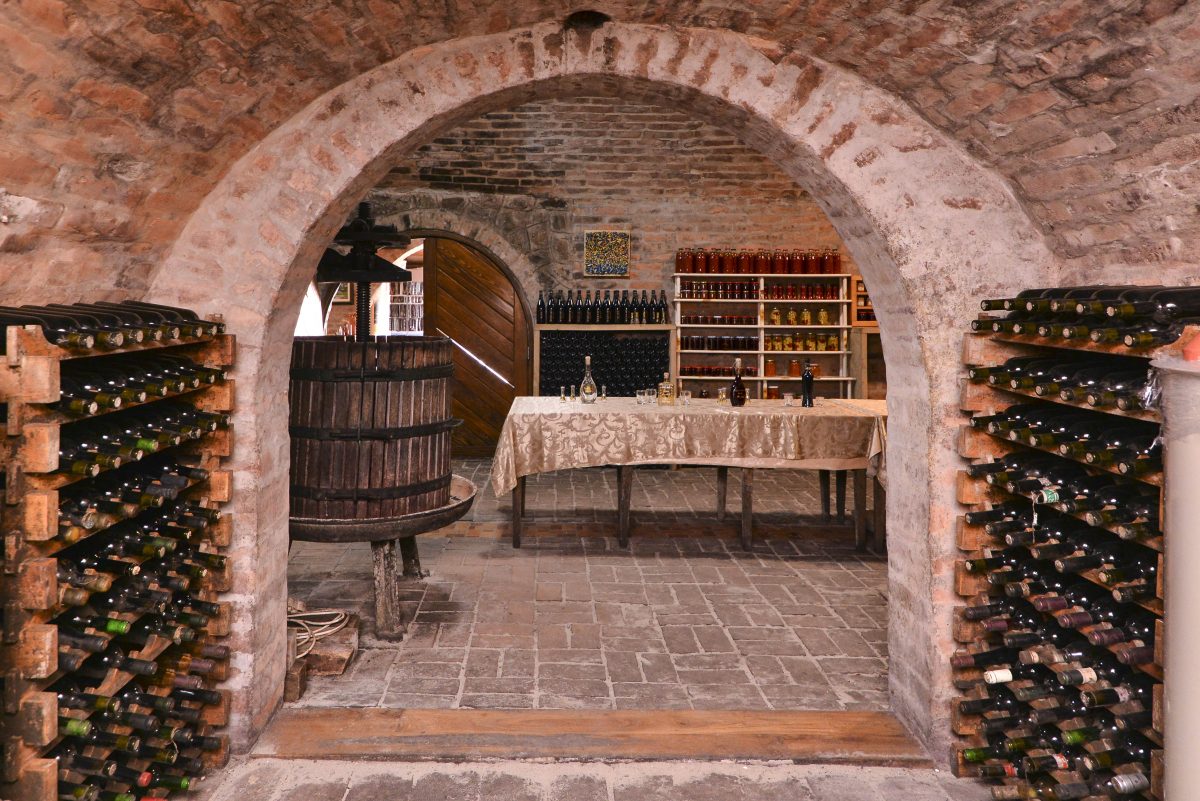
Fruška Gora wineries have sprung up thanks to the favourable terroir and love for wines that has lasted for generations, as well as on the attractiveness of Fruška Gora and its abundance of natural attractions, cultural monuments, legends and myths. It is difficult to resist the chance to visit the wineries and not, at the same time, visit Serbian Orthodox monasteries, churches, famous places and lakes or go hiking through the woods, enjoy in spas, have a picnic… One way to master this wonderful part of the world, crisscrossed with wineries, is to follow in the footsteps of six wine routes. These are: “Novi Sad and Temerin Winemakers and Wineries”, “Wines of Ornate Srem (Beočin – Čerević – Banoštor)”, “Sremski Karlovci – Wine Galaxy”, “Vineyards Embraced by the Danube with a View of the Tisza (Novi and Stari Slankamen – Slankamenački Vinogradi – Krčedin – Indjija)”, “On the Trail of the Aristocratic Odeskalki Family (Susek – Neštin – Šid – Erdevik – Bikić Do)” and “The Irish Wine Stories”.
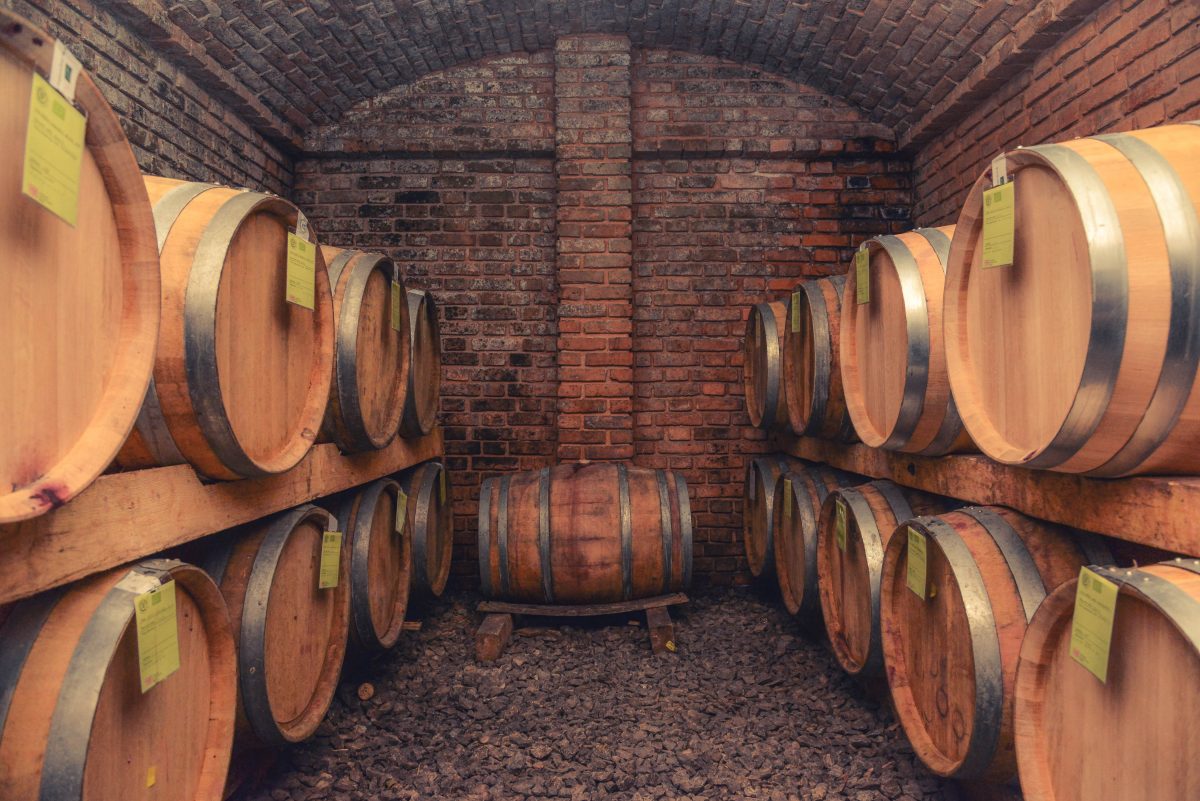
Wine routes combine the natural attractions and values of Fruška Gora with exploration of towns and villages that are known for their cultural and historical values such as Sremska Kamenica, Ledinci, Rakovac, Beočin, Čerević, Banoštor, Sremski Karlovci, Susek, Neštin, Erdevik, Šid , Bikić Do, Stari Slankamen, Novi Slankamen, Slankamenački Vinogradi, Indjija, Krčedin, Mala Remeta, Irig, Rivica and others, which are also known as the centres of wine tourism. On this road filled with wine-related temptations, every winery you visit will make sure to provide you with their special kind of joy and the drinkable aroma of Fruška Gora, as if they are telling you a folk story from yesteryear that will envelop you in warm emotions.
Novi Sad Tourism Organisation – www.novisad.travel/vinarije
